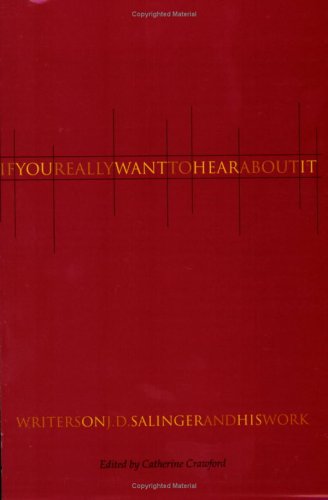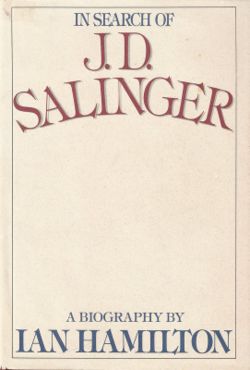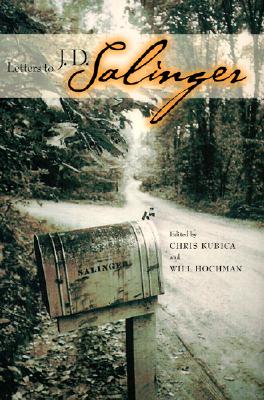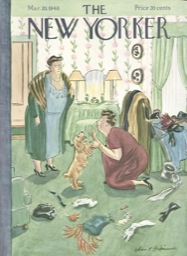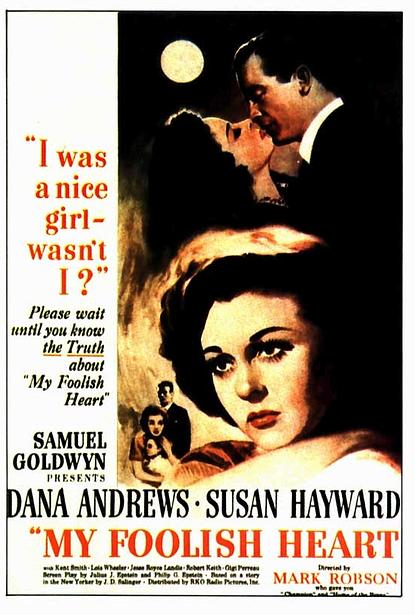MLA Citation:
Maynard, Joyce. At Home in the World. New York: Picador, 1998. Print.
Jacket Copy:
“The daughter of brilliant and complicated parents-an adoring alcoholic artist for a father and a dazzling, funny, and wildly frustrating mother, driven to see her daughters achieve what had never been possible for herself-Joyce Maynard grew up with a pen in her hand, writing and publishing stories before she reached her teens.
In the spring of 1972, when she was a freshman at Yale, Maynard wrote a cover story for The New York Times Magazine about life as a young person in the sixties. Among the hundreds of letters she received in response was one from the famously reclusive author J.D. Salinger. They embarked on a correspondence. Within months she had left college and moved in with him-believing, despite their thirty-five-year age difference, that she had found her soulmate and that they would be together always.
Shortly before the publication of Looking Back, the book she wrote over the course of her time with him, Salinger sent Maynard away-an event so devastating that she herself retreated from the world for two years in a New Hampshire farmhouse.
At Home in the World explores the story of Maynard’s family, her relationship with Salinger, and the way the legendary writer’s influence, along with that of her parents, reverberated through her life in the decades that followed. In these pages, she chronicles her painful reentry into the world, her development as a writer, her marriage, her struggle to become a healthy parent to her own children, the death of her parents, and the years, following the end of her marriage, when she set out to rebuild her life.
A crucial turning point in Maynard’s story occurred when her own daughter turned eighteen-the age Maynard herself was when Salinger first approached her. Compelled to achieve a greater level of understanding, Maynard made the decision to break her twenty-five year silence about what had taken place with Salinger.
At Home in the World is at once both a tale of an extraordinary and unique experience, and a universal story about coming of age, the experience of loss and confusion, and the struggle to become whole. In these pages, Maynard confronts with unblinking honesty, compassion and surprising humor the most painful truths of her experience. But ultimately, hers is not a story of devastation or regret. At Home in the World is about redemption and triumph, and the wisdom acquired when at long last a woman embraces the disquieting truths of her history.”


